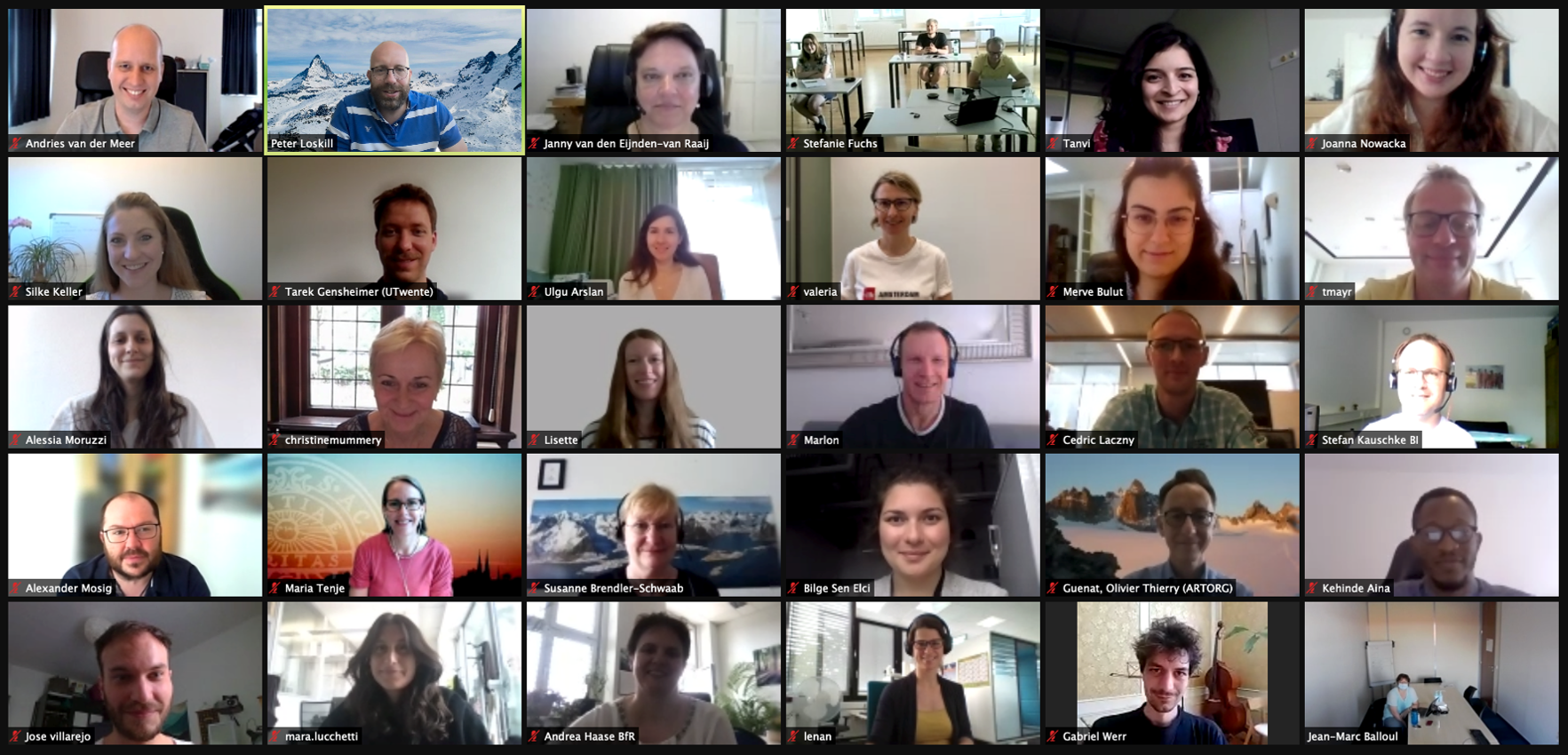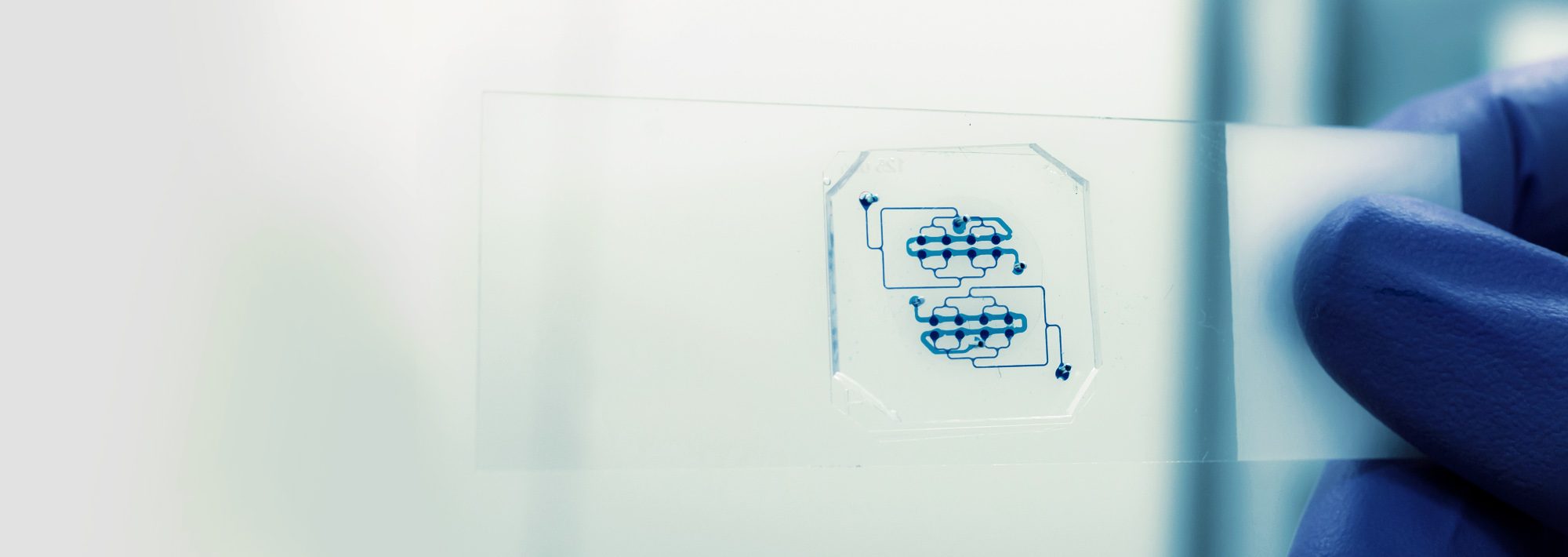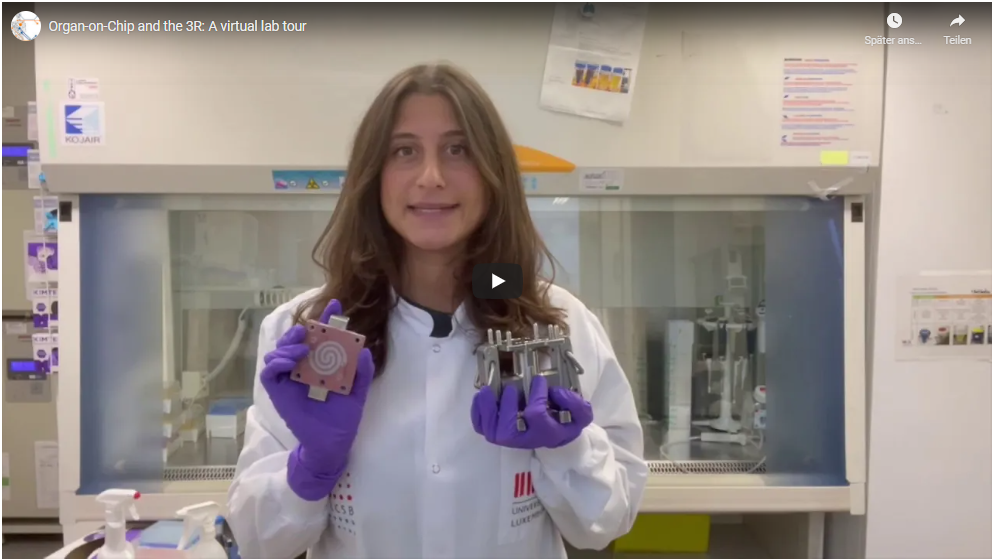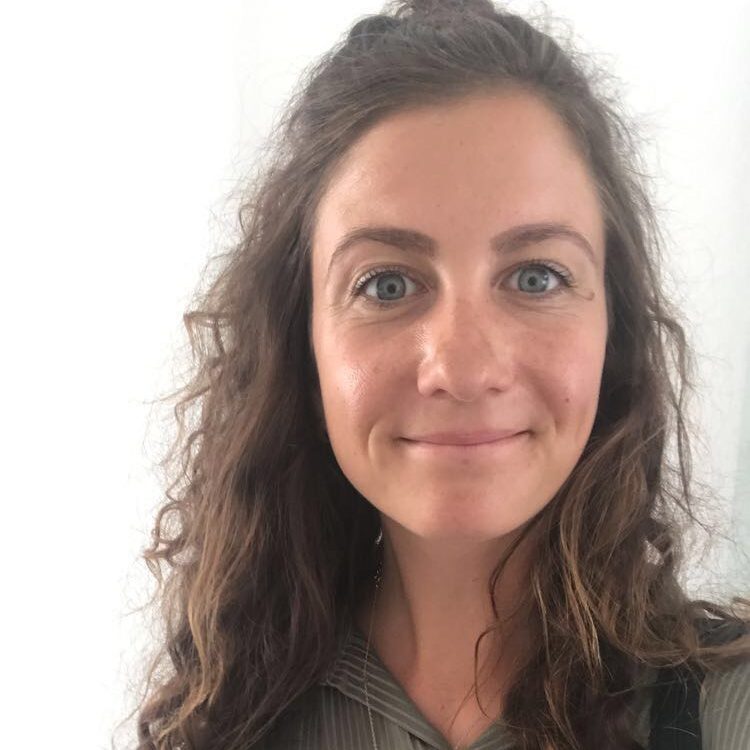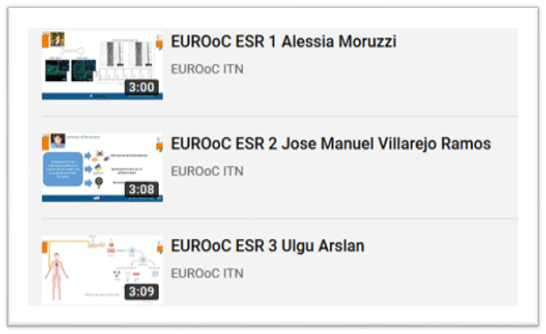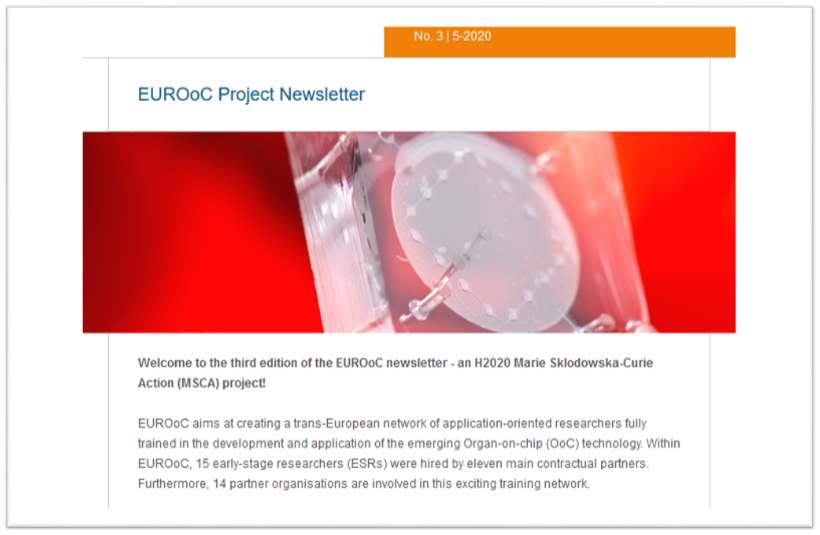Even though still online, the EUROoC-ITN met again from 28 to 30 June 2021 for the biannual consortium meeting, consisting of the project progress reports and the workshop on 3R Principles and Regulatory Requirements. Despite the COVID-19 pandemic, all ESRs managed to show substantial progress in their projects.
The workshop on 3R principles and regulatory requirements highlighted the use of animal testing with focus on the application of the 3Rs principles and the validation of alternative methods. During a morning session, speakers from regulatory agencies and experts from the field of 3Rs set the scene. This was complemented by 3 parallel session between Validation Board Members and ESRs in the afternoon. Each ESR received feedback from the experts and the next steps will be supervised by 1-2 experts per ESR. All information will be collated and shared within the project. The aim is to eventually make this information publicly available.
During the whole workshop, ESRs were involved in active discussions with regulatory experts about the purpose and potential validation of their own systems as models for drug testing and disease modelling. They were keen in understanding how to fill the gap between commonly used in-vitro model and humans and what regulatory procedures a new technology or model should go through to be accepted as a relevant testing tool. All ESRs found this very useful to look at their systems from an application perspective and hope there will be a chance to further discuss it with the experts at the end of their projects.
Regarding the secondments at the regulatory agencies, it is planned that all ESRs together, will physically visit each of the three regulatory agencies BfR (Berlin, Germany), BfArM (Bonn, Germany) and RIVM (Bilthoven, NL). This secondment will probably take place in January 2022. Whether the secondments will indeed be physical, depends on developments in the Covid-19 situation.
